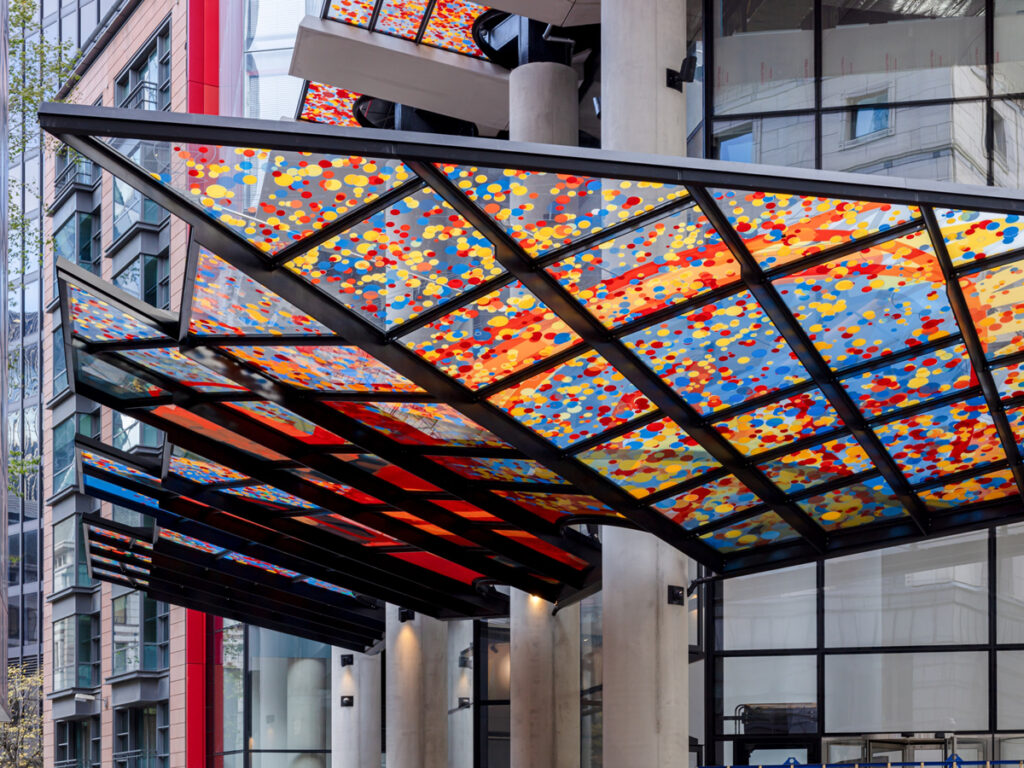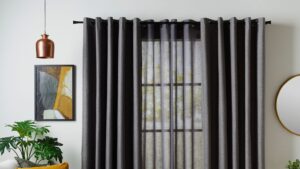
Introduction
Art glass has long been a significant element in decorative and architectural design, offering a fusion of functionality and artistic expression. From stained glass windows in cathedrals to contemporary glass sculptures, the demand for high-quality art glass continues to grow. Hollander Art Glass Supplier and other art glass providers play a crucial role in meeting this demand by sourcing, manufacturing, and distributing various types of glass to artists, designers, and construction firms.
Types of Art Glass
Art glass is available in various forms, each catering to specific artistic and architectural needs. Some of the most commonly supplied types include:
- Stained Glass – Known for its vibrant colors and intricate designs, stained glass is widely used in religious, historical, and decorative settings.
- Blown Glass – Created through traditional glassblowing techniques, this type is used for sculptures, vases, and custom lighting.
- Fused Glass – This method involves heating multiple layers of glass in a kiln to create unique patterns and textures.
- Etched and Sandblasted Glass – Used for detailed designs, frosted effects, and privacy panels in commercial and residential spaces.
- Architectural Glass – Includes laminated, tempered, and textured glass used in doors, windows, and large-scale installations.
The Supply Chain and Distribution Process
Art glass suppliers operate through a structured supply chain, ensuring that materials reach artists and businesses efficiently. The process typically includes:
- Sourcing Raw Materials – Silica, soda ash, and limestone are primary ingredients, often sourced from specialized manufacturers.
- Manufacturing and Processing – Depending on the type, glass may undergo processes such as cutting, fusing, etching, or hand-painting.
- Quality Control – Suppliers conduct inspections to ensure consistency in color, thickness, and durability.
- Distribution and Logistics – Art glass is fragile, requiring specialized packaging and transportation to prevent damage.
Challenges in the Art Glass Industry
While the industry remains resilient, art glass suppliers face several challenges, including:
- Fragility and Handling Issues – Due to its delicate nature, art glass requires careful handling, increasing transportation costs.
- Sustainability Concerns – The glass manufacturing process involves high energy consumption, leading to environmental concerns.
- Market Competition – With advancements in synthetic and alternative materials, suppliers must continuously innovate to maintain demand.
- Economic Fluctuations – Demand for decorative glass is often linked to real estate and interior design trends, making it susceptible to market shifts.
Innovations in Art Glass Supply
To remain competitive, suppliers are integrating new technologies and sustainable practices into their operations. Some notable advancements include:
- Eco-Friendly Glass Production – Many manufacturers are adopting recycled materials and energy-efficient kilns to reduce their environmental impact.
- Customization and Digital Printing – Advanced printing techniques allow for detailed, custom designs that were previously difficult to achieve.
- Improved Safety Features – The introduction of tempered and laminated glass ensures durability and safety in architectural applications.
- Online Marketplaces – Digital platforms have expanded accessibility, allowing artists and businesses to source glass materials globally.
Conclusion
Art glass suppliers, including established names like Hollander Art Glass Supplier, are integral to preserving and advancing the use of decorative glass in both artistic and architectural fields. Their ability to source high-quality materials, adapt to evolving trends, and incorporate sustainable practices ensures the continued appreciation of art glass in modern design. As innovation continues, the industry is set to embrace new opportunities while addressing the challenges of sustainability and market demand.







